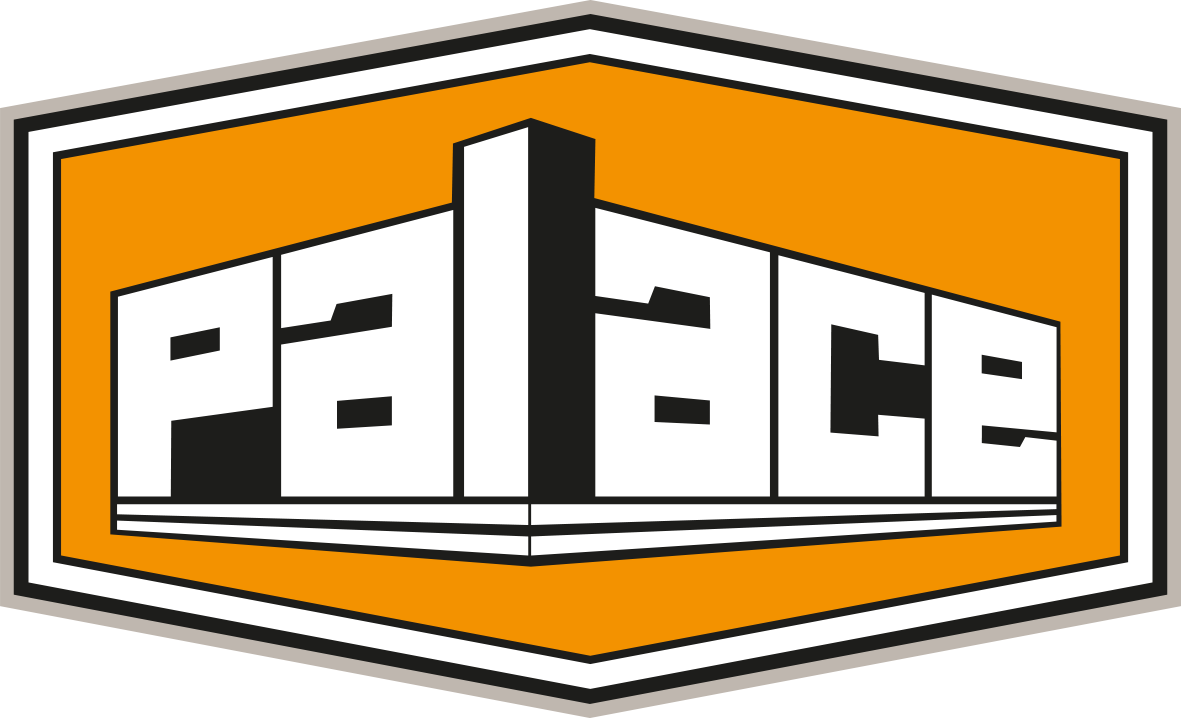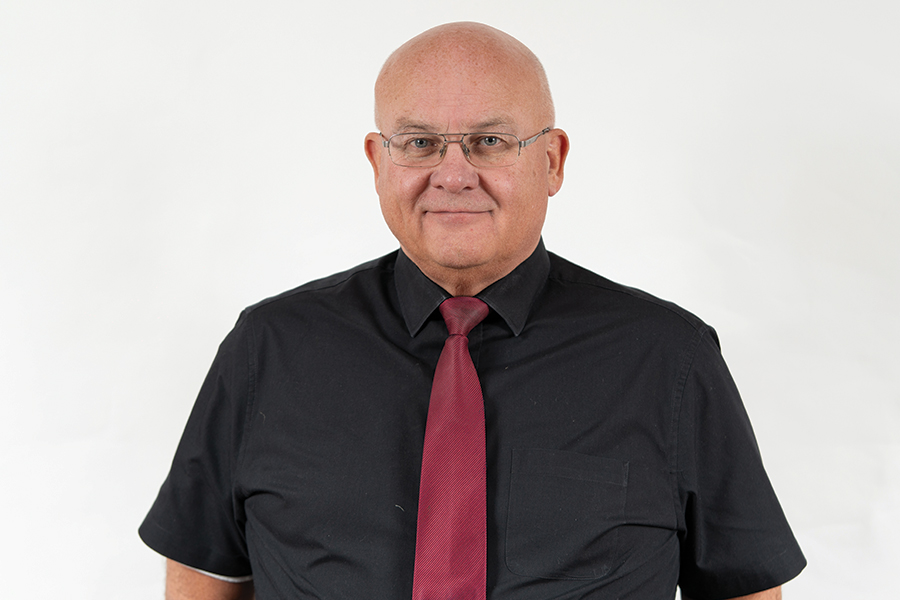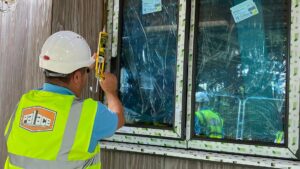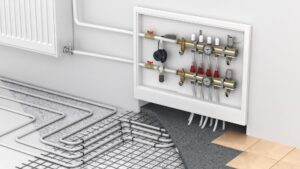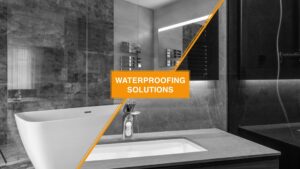Jim Percival, technical director at Palace Chemicals, identifies some key considerations to take into account when tiling over UFH systems
Although the use of underfloor heating systems (UFH) goes back to Roman times, the interest in them has accelerated in recent years, as knowledge of the benefits and ease with which UFH can be installed has grown. Industry estimates indicate that the market is virtually doubling annually.
It is not difficult to understand why this is the case, since UFH provides a cost-effective, comfortable and unobtrusive heating solution. It enables building designers to meet modern energy efficiency regulations, reducing the carbon footprint of buildings and allowing for the implementation of contemporary design concepts. Homebuyers may also look at underfloor heating as a point of difference and a good USP on the resale market. The use of UFH with tiling transforms what can be viewed as a rigid and cold surface into a warm and welcoming environment.
UFH installations are increasingly tied to renewable energy sources, because of the lower running temperatures of the technology, and this concept appeals to consumers who aspire to a zero-carbon house, as well as those who just want to reduce their fuel bills. It therefore seems certain that the UFH will continue to grow in importance.
For homeowners, the latest innovations mean high comfort levels, consistent temperatures and greater cleanliness, coupled with low running costs, because the systems tend to employ large surface areas heated to a lower temperature. The installation cost of UFH in new build is comparable to a standard radiator system but it can provide 30% greater energy efficiency compared to traditional space heating.
So these systems have become a mainstay of modern house construction, and there are two different types to consider. The first category comprises electric matting systems, installed directly under a tiled floor and which are therefore laid as part of the tiling process. The second group is made up of warm water (wet) systems, which are installed within a screed. Installing electric UFH is less disruptive than a warm water system and more suitable for small scale – less than 20sqm – installations, like bathrooms. However, an electric system tends to be more expensive to run when compared with warm water UFH – as a general rule 30-40% more.
Warm water is ideal for installation in new build, complete renovations, extensions and large areas in general. It can be linked in to an existing radiator system and is most effective when installed with alternative energy sources such as geothermal or solar.
The installation of such systems, particularly wet systems, is not however always problem-free. Historically, cracked tiles have been associated with heated floor construction. Correct installation techniques are important in order to avoid such problems. Points to consider include the following: ensure that the substrate is clean, dry, and free from dust, grease, or any other contaminants; it should also be level with any uneven areas removed using a suitable levelling compound. Cracks in the substrate should be eliminated.
Expansion (movement) joints need to be incorporated into the tiled surface, especially in larger areas, to allow for thermal expansion and contraction. The finished floor should have movement joints as frequent as at 5m centres in both horizontal directions and there is also a requirement for a sufficient gap (> 6mm) around the perimeter of the room to accommodate a fully embedded movement joint. These can be hidden using skirting boards or trims.
An aspect which often causes problems relates to curing time. Adequate time should be allowed for the adhesive to cure before turning on the underfloor heating system. This typically means waiting a minimum of seven days for rapid setting tile adhesive and 14 days for normal setting tile adhesive, but refer to the adhesive manufacturer’s guidelines. Also when the heating system is first turned on, the temperature should be gradually increased over the next 10-14 days to its recommended operating level to prevent thermal shock to the tiles and adhesive.
Recent issues have surrounded routed hot water pipes set in pre-cast boards over which levelling compounds are applied and then tiled over. Some of these boards do not provide ideal fixing substrates (in particular aluminium foil coated XPS or gypsum boards). Thermal insulation boards should be installed beneath the heating system to improve energy efficiency by preventing heat loss downwards.
Consideration should be given to the selection of appropriate materials. Inappropriate tiles or adhesives used on equally inappropriate substrates can result in weakness or fragility. Surface deformation, resulting in tenting and debonding, or cracks in the tiled surface covering, can be caused by the different rates at which different materials expand when heated.
High-quality, flexible tile adhesives (EN12004 C2-S1) that can accommodate the thermal movement caused by the heating system should be used, along with flexible grouts (EN13888 CG2) designed to inhibit cracking caused by differential thermal expansion and contraction.
The tiles themselves need to be compatible with the type of UFH system that is being installed. They should have good thermal conductivity, and will normally be of ceramic, porcelain, or natural stone type, which will effectively transfer heat from the heating system to the room. Remember that larger and thicker tiles may take longer to heat up, but will retain heat longer once warmed.
The key thing is that the products used need to be able to tolerate the cyclical rise and fall in the floor temperature, which means they need to be flexible and the build-up should accommodate movement joints in and around the tiled area, as specified by the recently updated British Standard, BS 5385 Part 3: Annex C, which provides detailed guidance on tiling to heated flooring systems.
Another very useful source of information is The Tile Association’s technical document Tiling to Heated Systems. This is available to TTA members as a free download from the association’s website at www.tiles.org.uk.
0151 486 6101
